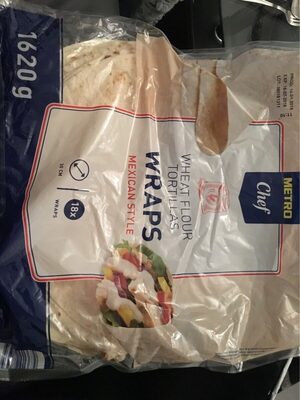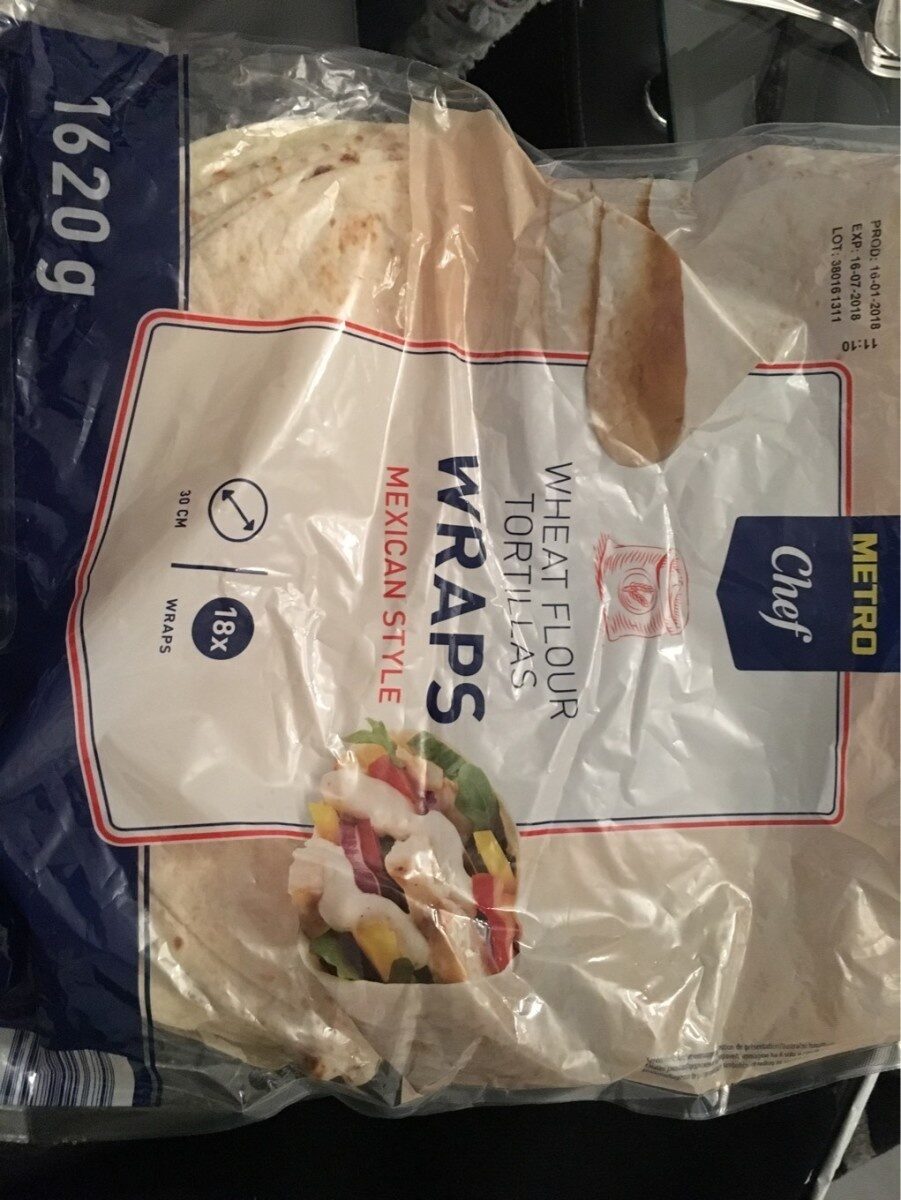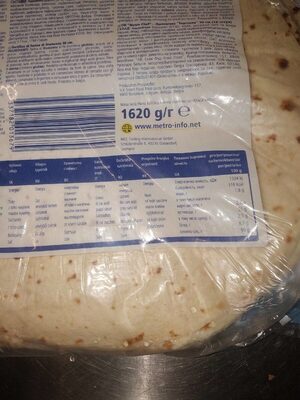Wraps mexican style - Metro Chef
This product page is not complete. You can help to complete it by editing it and adding more data from the photos we have, or by taking more photos using the app for Android or iPhone/iPad. Thank you!
×
Barcode: 4337182013679 (EAN / EAN-13)
Brands: Metro Chef
Labels, certifications, awards: Made in Belgium, Products for professional use
Origin of the product and/or its ingredients: Fabriqué en Belgique
Countries where sold: France
Matching with your preferences
Environment
Packaging
Transportation
Threatened species
Report a problem
Data sources
Product added on by kiliweb
Last edit of product page on by noob10.
Product page also edited by autorotate-bot, openfoodfacts-contributors, roboto-app, sebleouf, teolemon, yuka.PaBMGPeQA_YlHcfA8txkgwmCBP3vJ_9XJWIhow, yuka.U-tfEfObRd4hI8r83NMNjQbjNuj9AaFIGiMgog, yuka.ZC9nUEVia3hncVFndThZMXJnemIwOEpSOTQ2MWNXV0tGTUFoSVE9PQ, yuka.sY2b0xO6T85zoF3NwEKvlkFaC9uGrQnNOwThoEGV_NSvNoz3T41ZzIz5OKs.








